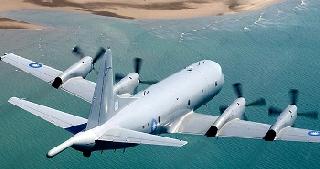
Taiwan received its first P-3C Orion naval aircraft from the US late last month. The air force will receive three more by this year-end and eight others by 2015. A Lockheed Martin photo
PINGTUNG, TAIWAN (AFP): Taiwan has displayed its first long-range submarine-hunting aircraft, days after Beijing showed off its nuclear-powered submarine fleet in yet another sign of China's fast expanding military might.
Taiwan's military introduced the Lockheed P-3C Orion at a ceremony presided over by President Ma Ying-jeou at an airbase in the southern county of Pingtung on Oct 31.
"As the president of the country, I'm proud that the aircraft is joining the force," Ma said.
The aircraft was delivered late last month. The air force will receive three more by year-end and eight others by 2015, the military said.
Ma said the fleet of 12 P-3C Taiwan ordered from the United States "is the most advanced among the hundreds that are serving many countries in the world".
"I believe that after the aircraft join the air force, we will see our underwater anti-submarine, ship-to-ship and air attack capabilities greatly enhanced."
Experts say the refurbished P-3C, which can stay in the air for up to 17 hours and is armed with Harpoon missiles and MK46 torpedoes, will expand the surveillance range of Taiwan's current anti-submarine fleet tenfold.
The P-3C fleet, which will cost around 1.96 billion, will supersede ageing S-2T anti-submarine aircraft.
The high-profile ceremony on Oct 31 came after several state-run papers in China ran front-page stories on the four-decade-old submarine fleet, in an overt declaration of China's high-seas strength.
"China is powerful in possessing a credible second-strike nuclear capability," the Global Times said in an editorial on Oct 29, adding: "Some countries haven't taken this into serious consideration when constituting their China policy, leading to a frivolous attitude toward China in public opinion."
Ties between Taipei and Beijing have improved markedly since Ma of the China-friendly Kuomintang party became Taiwan's president in 2008. He was re-elected in January 2012.
However, Beijing still regards the island as part of its territory and has refused to rule out the use of force against Taiwan. The two sides split in 1949 after a civil war.
That prompted Taiwan to keep modernising its armed forces despite the fast-warming relations.
"Although ties with the Chinese mainland have improved significantly in the last five years, they have not changed their military deployments targeting Taiwan. We must not relax our military preparations," Ma said, adding that Taiwan aims to build a leaner but stronger deterrent.
Taiwanese experts estimate the People's Liberation Army has more than 1,600 missiles aimed at the island.
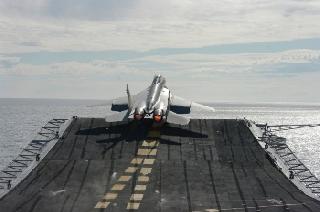 Previous Article
Previous Article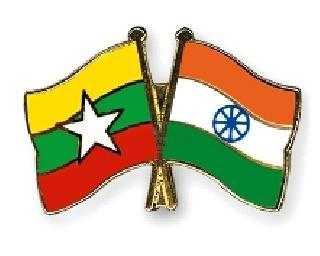 Next Article
Next Article

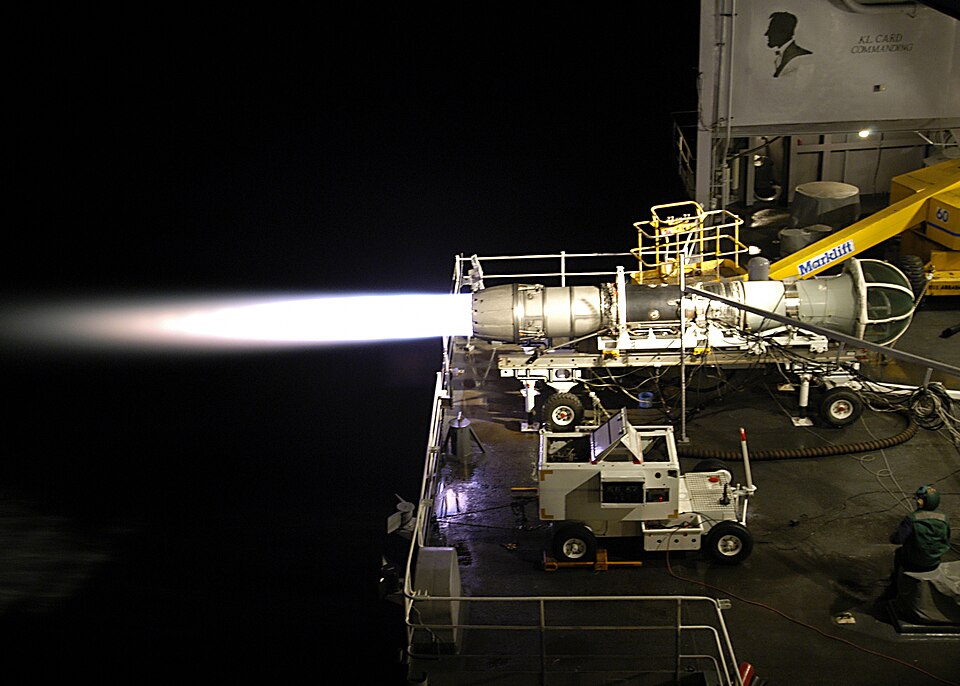
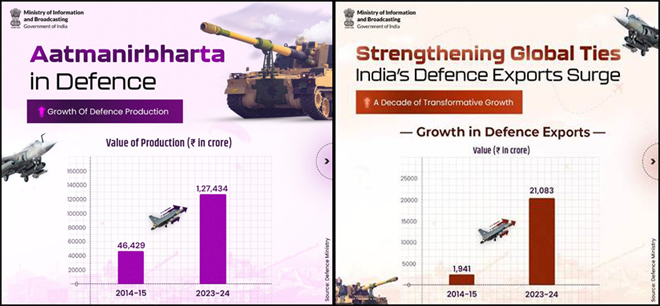










The Indian Air Force, in its flight trials evaluation report submitted before the Defence Ministry l..
view articleAn insight into the Medium Multi-Role Combat Aircraft competition...
view articleSky enthusiasts can now spot the International Space Station (ISS) commanded by Indian-American astr..
view article